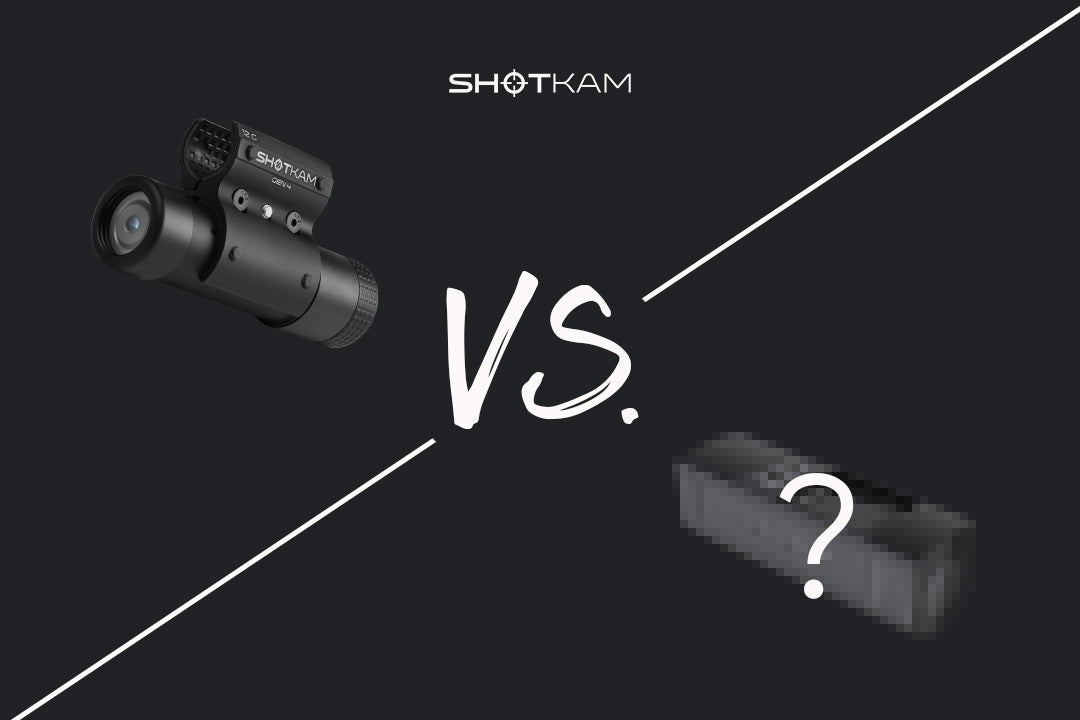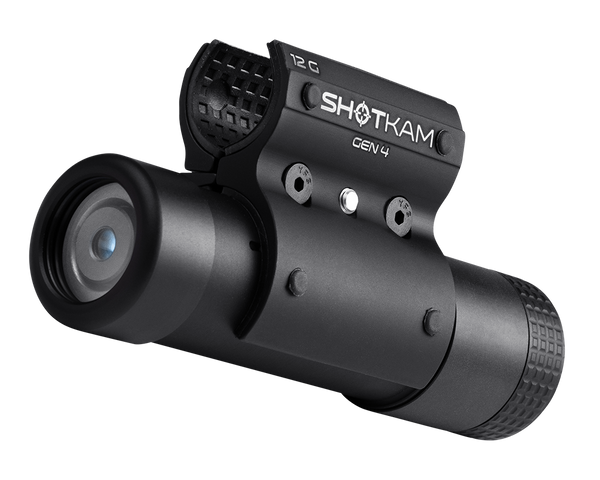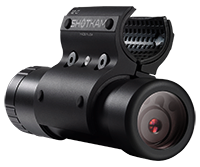Mastering the Chandelle: Tips for Sporting Clay Shooters by Don Currie, NSCA Chief Instructor

Introduction
As a sporting clay shooter, you know that each target presents its own unique challenges. Among the trickiest is the chandelle target, with its distinct characteristics that set it apart from other clay pigeons. Mastering the chandelle requires understanding its movement, trajectory, and speed transitions. In this blog, we will delve into the intricacies of the chandelle target and provide expert tips from Don Currie, Chief Instructor at NSCA (National Sporting Clays Association), to help you improve your success rate on these challenging shots.
Understanding the Chandelle:
The chandelle target stands out due to three key factors that differentiate it from other targets:
-
Visual Deception: The chandelle appears to move slower than it actually does because it shows either all belly or all face to the shooter. This visual trickery can lead to mistimed shots and frustration.
-
Arcing Trajectory: Unlike straight-line targets, the chandelle follows an arcing trajectory throughout its flight path. This dynamic movement demands precise timing and a well-planned breakpoint.
-
Changing Speed: The chandelle is in a constant state of transition, changing speed throughout its entire flight path. Adapting to this variation is essential for hitting the target consistently.
Tips for Crushing the Chandelle
To boost your chances of breaking the chandelle targets with confidence and accuracy, follow these expert tips from Don Currie:
1. Select and Commit to a Breakpoint: Before attempting the shot, choose your breakpoint and stick to it. Whether it's at the apex or a specific point after the apex, committing to a predetermined breakpoint improves your focus and timing during the shot.
2. Focus on the Leading Edge: Instead of fixating on the entire target, concentrate on the "leading edge" of the chandelle at the breakpoint. Keeping your focus narrow and precise enhances your visual tracking and target concentration.
3. Achieve Good Flow with the Target: Match your gun speed with the speed of the chandelle target. Achieving a smooth flow between your gun movement and the target's trajectory improves your focus and target acquisition.
4. Approach the Breakpoint Upward: When facing a descending chandelle, approach the breakpoint with an upward gun angle. This prevents the gun from obstructing your vision, ensuring a clear line of sight on the leading edge until you execute the shot.
5. Avoid Following the Target Line: It's crucial not to follow the trajectory of the chandelle with your shotgun. This habit can lead to missed shots and frustration, especially with transitioning targets. Focus on maintaining a consistent gun angle and trajectory.
Putting It All Together:
Let's visualize the process with an example. Imagine you're on a sporting clays station facing a trap shot followed by a fast left-to-right chandelle at approximately 35 yards. You've decided to break the chandelle about 5 feet below and to the right of the apex, with the leading edge of the target at 4 o'clock during the breakpoint.
To execute the shot effectively, follow these steps:
- Establish your ready position and call for the pair.
- Break the first target with ease.
- As the chandelle launches, match your gun speed with the target's speed.
- Move your gun upward along an 8 o'clock to 2 o'clock line to meet the breakpoint.
- Maintain sharp visual focus on a dime-sized section of the target at the 4 o'clock position.
- Pull the trigger and watch the target shatter into pieces.
By applying these techniques and staying disciplined in your approach, you'll improve your consistency in crushing those sometimes-tricky chandelle targets.
Conclusion
Mastering the chandelle target requires a combination of focus, timing, and adaptability. As a sporting clay shooter, understanding the unique characteristics of the chandelle is key to overcoming its challenges. By committing to a breakpoint, focusing on the leading edge, achieving flow with the target, and using the right gun angle, you can enhance your chances of success on these challenging shots. Remember to practice regularly and apply the expert tips from Don Currie to elevate your sporting clay performance to new heights. Happy shooting!
For more related article, please visit Clay Shooting USA at https://clayshootingusa.com/









